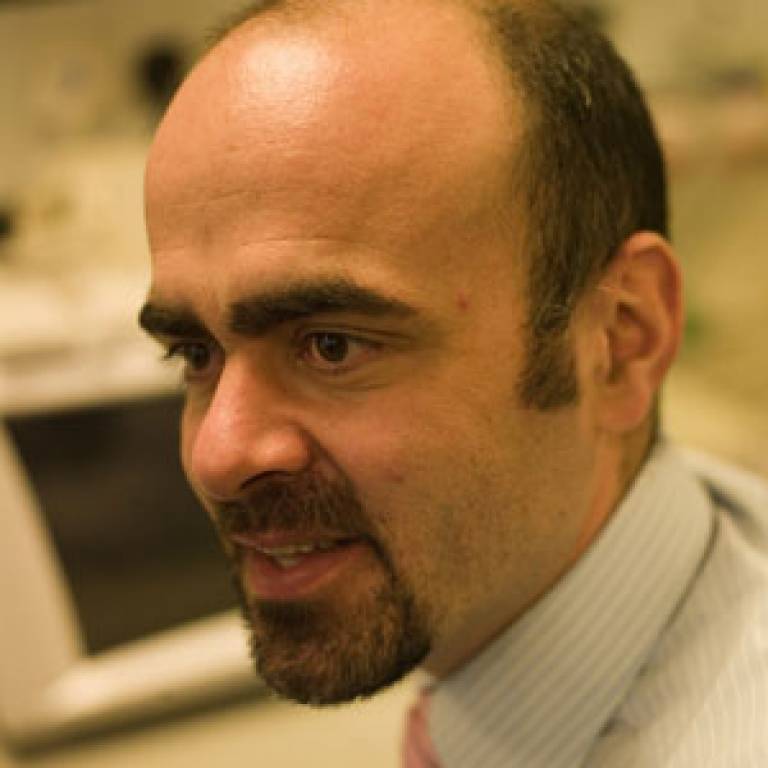Step towards creating intestine transplant using patient's own cells
8 February 2012
Doctors at the UCL Institute of Child Health have made progress towards engineering donated intestines, so that they can be implanted without rejection.

Tissue engineering involves using a donated organ, stripping it of cells from the donor, and rebuilding the organ using the recipient's own stem cells. The resulting organ does not trigger the recipient patient's immune system.
The technique has been used clinically in humans, with the world's first stem cell assisted trachea transplant in a child at Great Ormond Street and with clinical successes in adults at other centres. Collaborators at other centres have also succeeded in similar development of bladders and urethras, including clinical success in humans.
However, the intestine poses an issue in that in order to work, it is necessary to replicate the complex structure of the intestinal villi. Previous successes with the technology have been in inherently less complex organs.
The option of an engineered intestine, made partly from the patient's own cells, would be an important clinical advance.
Paolo de Coppi
Dr Paolo de Coppi and colleagues have demonstrated a technique in a rat model which successfully retains these structures, by removing the original cells through the vascular system. The resulting scaffold should be suitable for stem cell use and subsequent transplant. The work is published in Biomaterials.
Paolo de Coppi, Clinical Lecturer and Consultant at the UCL Institute of Child Health/Great Ormond Street Hospital, said: "Management of intestinal failure through conventional means poses a number of problems for the patient. The option of an engineered intestine, made partly from the patient's own cells, would be an important clinical advance. This paper represents a step forward and we hope to publish promising studies with human tissue in due course."
This investigation was supported by Great Ormond Street Hospital charity, the Fondation Eugenio Litta (Geneva, Switzerland), the Medical Research Council, the Royal College of Surgeons of England, the Sparks Children's Medical Charity, the British Foreign Office for the UK/USA Stem Cell Collaboration Award and the Mittal Research Fund. The researchers would also like to thank the Royal Society/Wolfson Foundation for the tissue engineering laboratory refurbishment grant obtained for the Pediatric Surgery Department in the UCL Institute of Child Health.
Links:
Link to research paper
UCL Institute of Child Health
UCL Centre for Stem Cells and Regenerative Medicine
 Close
Close

